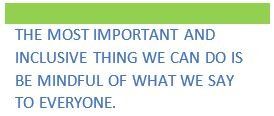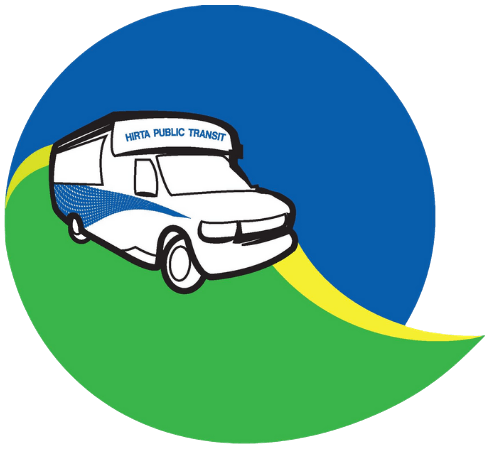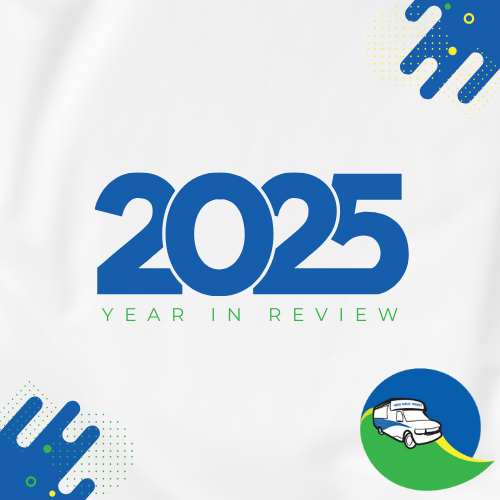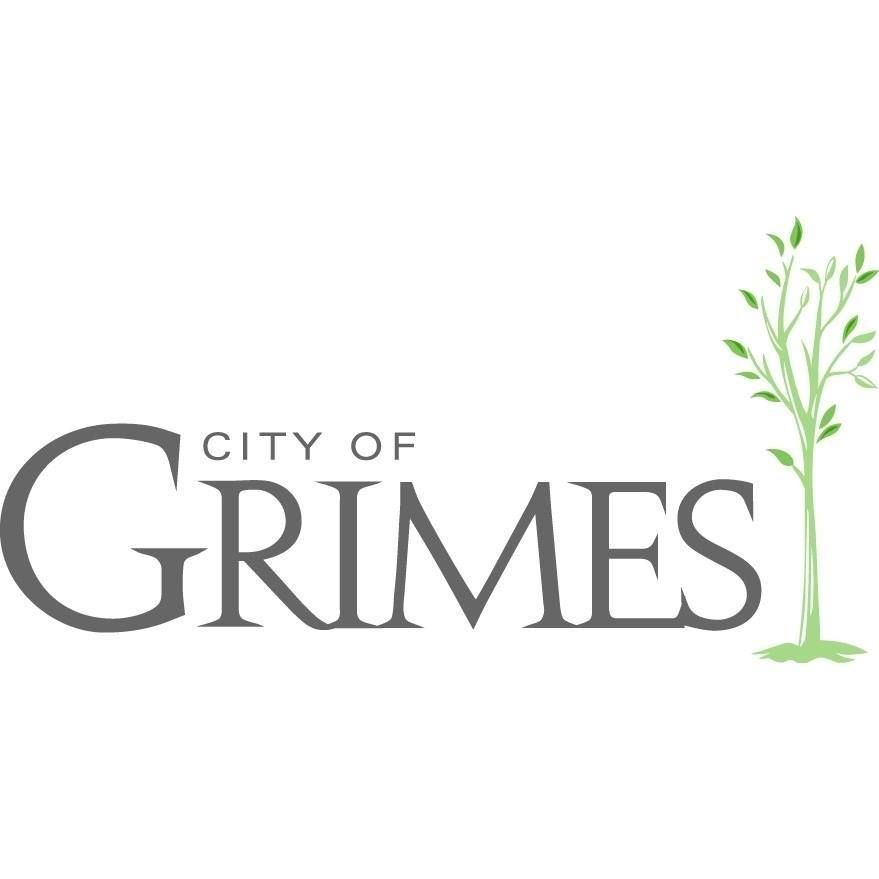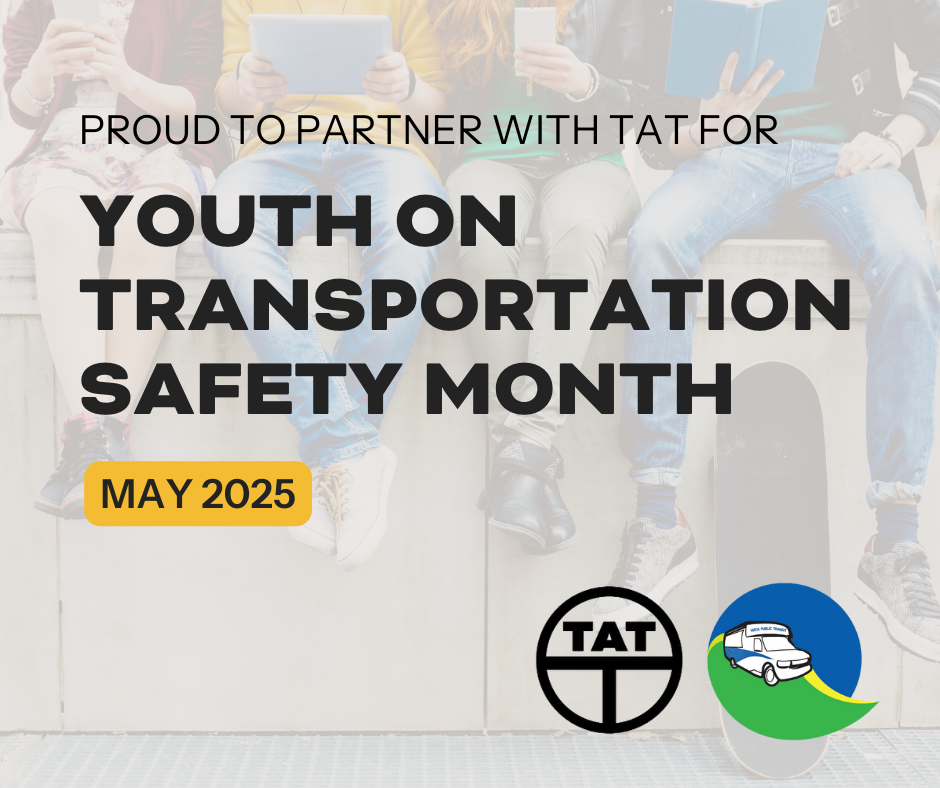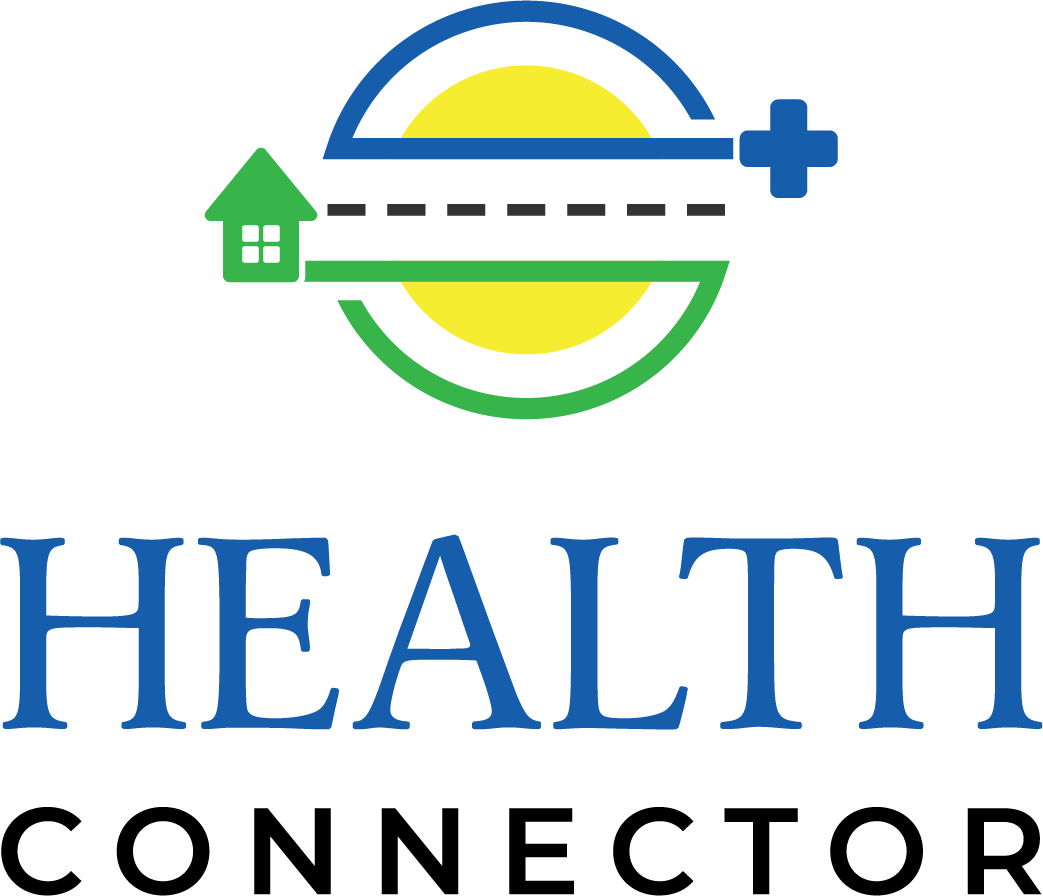Let's talk about Invisible Disabilities
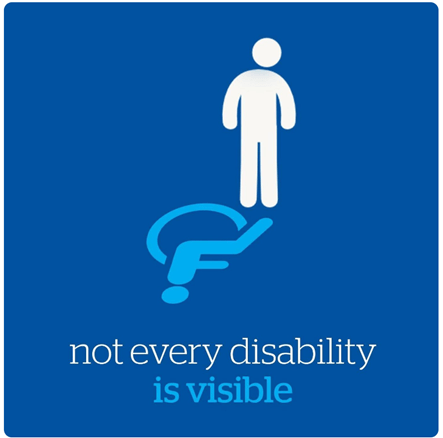
When thinking of a disability, many people often think of someone who uses a wheelchair or some other type of mobility device. They may think of someone who is blind, or an individual with a service animal as well. However, it is unlikely that someone with PTSD, multiple sclerosis (MS), Epilepsy, fibromyalgia, chronic pain or the hundreds of other hidden conditions people live with every day come to mind. Unless of course, it is one of the 6 million who has an invisibility disability.
CDC estimated 61 million in the USA have a disability. Roughly 10% of those are an invisible disability.
There are many people who can maneuver through life appearing as able-bodied, however, because of how they look, they often go unrecognized and are unbelieved if they do tell someone they have a disability. Therefore, many people don't say anything out of fear of being dismissed. Imagine having to explain to people who can’t see your disability that you have one. This wouldn’t be a one-time thing. It would be over and over again especially if you use public transit where people consistently move on and off the bus.
We, at HIRTA, are not here to judge or determine if someone does or doesn't have a condition that requires extra assistance, a seat closet to the entrance or use of the ramp or lift to get into the HIRTA vehicle. Our goal is to provide a service to allow people to move about their community. And that includes anyone, for any reason.
If someone tells us they have a disability, even one that is not visible or doesn't require a wheelchair or other mobility device, the only appropriate response from any HIRTA employee is "How may we/I assist you?" Asking them what they need or how we can assist them lets the rider know that we hear you, we believe you, and we will do what we can to make your ride most accommodating.
The most important and inclusive thing we can do is be mindful of what we say to everyone. And that starts with all of us.
Come, be yourself, and ride HIRTA.
